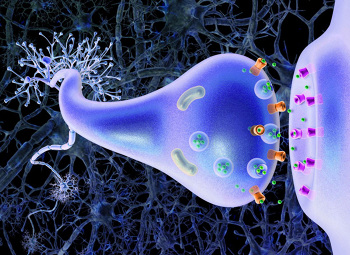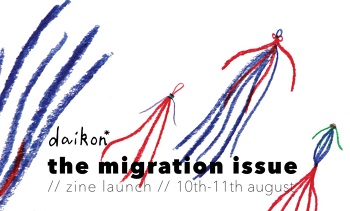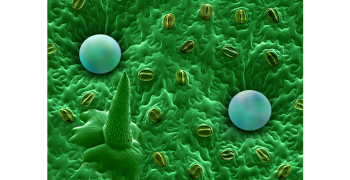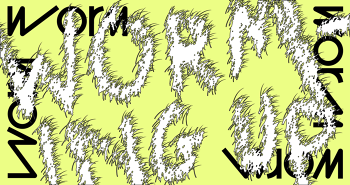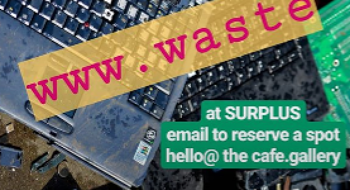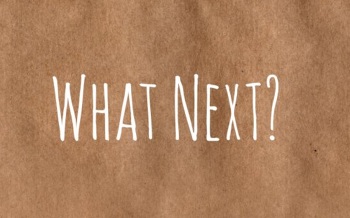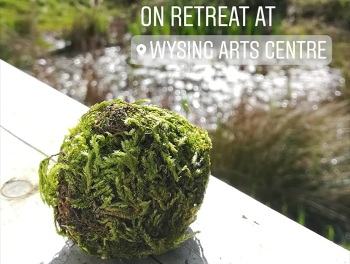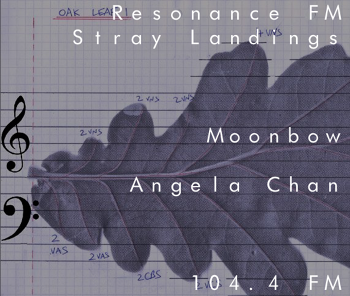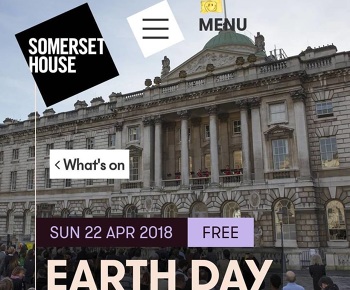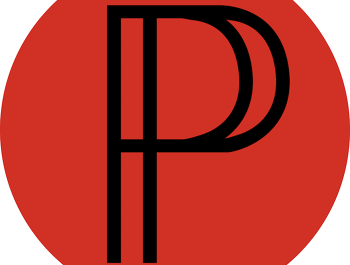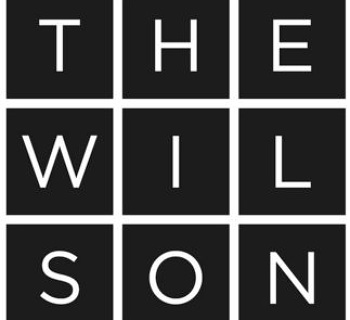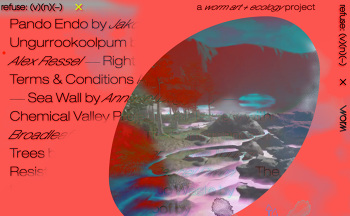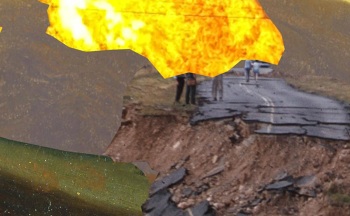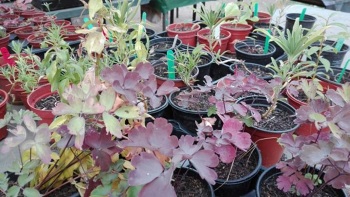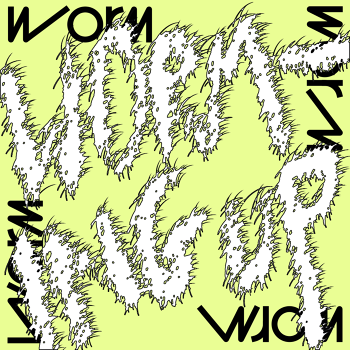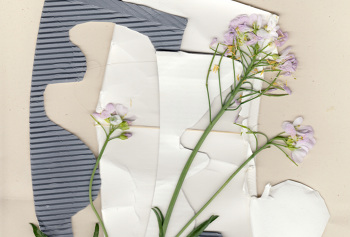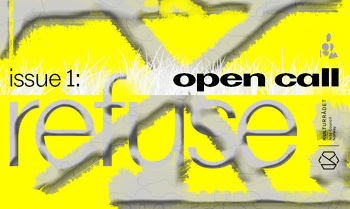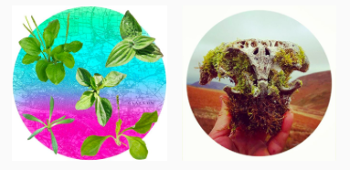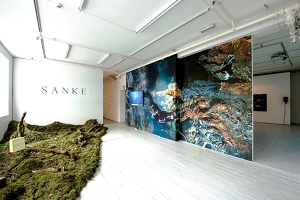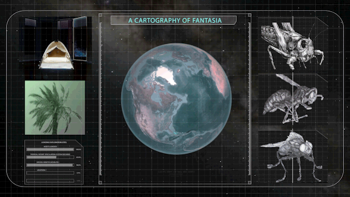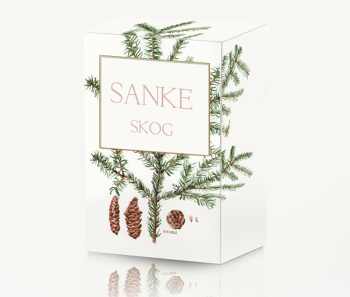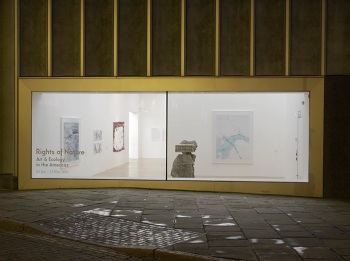Dimitri Launder as Artist Gardener, Arbonauts and Area 10 Project Space Peckham: On urban medicinal plants, migratory birds, and negotiating artistic production from cities to coastlines with climatic and social change
[25/4/17]
Dimitri Launder has an art practice that ranges from socially engaged public planting polemics as Artist Gardener to site responsive performance installations he co-directs with Arbonauts. He co-founded international artist run platform Area10 Project Space Peckham that encouraged a process led approach - supporting 2000+ artists between 2002 - 2010. Worm speaks to him about his changing sites of artistic production, and the need for collaborative social action.
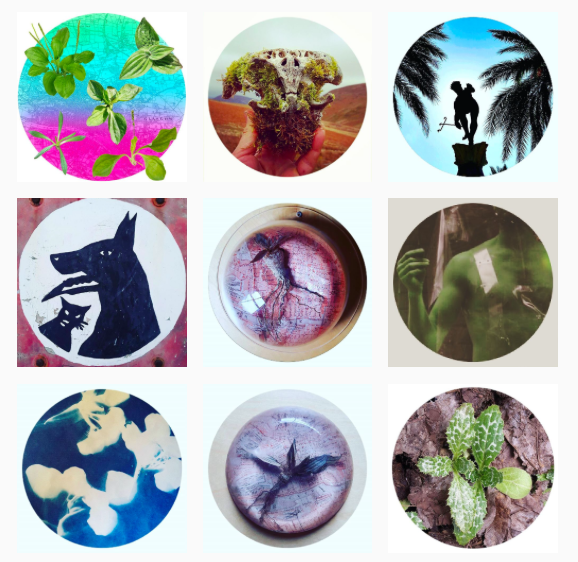
Hello Dimitri! To begin with, an underlying element throughout your practice places importance on nurturing organic participation through exchanging ideas and actions. Area 10 Project Space Peckham (2002 - 2010), an artist-run platform and charity you co-founded, became the foundation for South East London’s artistic community, and extended vibrantly to the local community. Can you say more about your methods behind Area 10 and its ethos to create a “Brown Box rather than White Cube” in which artists and art projects can develop?
Co-initiating Area10 Project Space Peckham in 2002 I coined the challenges << Communicate! Collaborate! Create! >> & << Brown Box rather than White Cube >> as provocations and calls to action. They underpin my conviction that a dialogue between audience and artist’s creative processes is a radically undervalued cultural resource, one that that is at the heart of supporting struggling creatives to continue taking risks to make challenging work.
Area10 was an artist led charity, unfunded and independent: focused on the journey as much as the destination. The collaborative, energetic, idealistic human architecture of the creative community that supported Area10 was its ecology, fed by an annual cycle of 3 month group residencies that formed a robust and flexible format for an 8 year program. This in turn supported 2000+ artists, artist collectives, performers, sculptors, filmmakers, circus, theatre, sonic artists, designers, musicians and students. We encouraged risk-taking new works, a responsive immediacy and an urgent response to artists needs, sharing skills, methodologies, criticism and audiences. Every 3 months we invited audiences to a collective live event that concluded one season and acted as a catalyst to the next. These were exciting happenings/parties/exhibitions/gigs with 1000+ people in the 20,000 square foot Wharf.
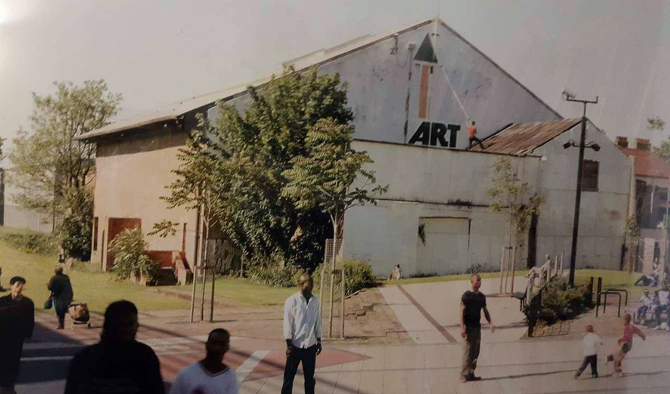
Our approach to reimagining this disused post industrial warehouse allowed us an inexpensive reusing/up-cycling of the 100 tonnes of material that was in the building when we began our tenancy - Eagle Wharf had been a timber shed for the preceding 100 years. We leased part of the property's land back to Southwark council for their municipal metal recycling and had an arrangement that allowed us use of some of those materials. Both these material resources were offered free to our resident artists. Additionally we printed as little material as possible and intensively made use of online networks as they became viable.
Whilst co-directing Area10 I was invited by the Mayor of London to ambassador the reimagining of disused urban spaces as an economic strategy to support creative industries across the capital in the Mayor’s Creative Industries Commission. These ideas were eventually taken up by Arts Council England as a short-lived platform called The Space Agency.
In 2009/10 we developed an independent and sustainable 25-year business plan with support from Arts & Business and private sector investors. This had at its heart the expertise and learning we had undertaken in the previous 8 years. The reconfigured building proposed a 'Process Led Project Room' in the form of an aircraft hangar sized hall with 8m high ceilings, a ‘Fab-Lab’ international gold standard maker space, a fully rigged and equipped 800 capacity theatre with flexible staging, multiple artist residency spaces and a restaurant that would spill out onto Peckham Square. On presenting this vision to the local Council we were ungraciously evicted from the building within 2 weeks and the building was levelled to the ground. Unfortunately to date it remains a void plot.
Curiosity and an ability to change, adapt and retain integrity of approach were essential in such a challenging artistic environment of negotiation, one that nurtured a wide spectrum of approaches and responsibilities. This sense of a disciplined approach to the ecology of collaboration and a facility-to-facilitate are now integral and grafted into my practice as an artist, both as Artist Gardener and Arbonauts.
“AREA10 is a vital part of the transformation of Peckham, a creative engine of a re-imagined London. The offering of a facility that allows a wide range of artistic expression within a socially embedded space is a great catalyst for transformation and Peckham is becoming well known as a place of art and artists.”
Anthony Gormley, 2010.
“Area10 was a home to all those strange art practices that slip through the gaps, out of choice or ignorance, of the commercial art world" i-D Vice Magazine 2015
The “Brown box” also connotes planters, garden sheds and arborous structures. Your work as Artist Gardener redefines not only the sites of artistic production, but also contemplates the conditions that social practice and art come into play together. I’m interested in your project with Arts Catalyst, ‘A Remedy For The City', that considers the “growing natural remedies in 'living pills’ of ingredients”. What are your findings through this extensive work on foraging for city-wide plant-based cures, and how does it seek to democratise medicinal and herbal knowledge for positive well-being in our urban spaces?
There are projected statistics that over the next 50 years 80% of our global population will be living in cities. ‘Remedy for a City’ is a project I am developing with Arts Catalyst. It’s a unique opportunity for my work as Artist Gardener to create a long-term dialogue with the responsibility of how we dwell collectively in cities. Through a Phytogeographic research I have undertaken for the past 6 month I am creating tools and methodologies. The aim is to open up conversations that are rooted in medicinal plants’ intimate relationship to communities and individual identities through the resonant echoes of remedies that are held in memory and practice.
I am initiating communally created resource of remedies, real, imagined, remembered and forgotten. I was commissioned for ‘Forms of Action’ an exhibition about a global movement of socially engaged art practice, at CCA Gallery Glasgow earlier in 2017, and exhibited my installation ”Towards a Peoples Apothecary: Glasgow”. This was a response to the city’s obesity crisis through the guardianship of a common native medicinal plant that grows in the nooks and crannies of the city and helps to regulate blood sugar levels: Ribwort Plantain.
“The City is a Place To Meet” Theodore Zeldin
“The idea of a holistic ecology, in which botanical remedies are to be found for the very ailments arising from the growth of the city itself, is lucidly expressed by the forms of Launder’s artefacts” Professor Ken Neil, 2017
In a distinctively different environment, you also recently developed a graphic score and performance on a wild coastline in Dorset titled ‘The Soaring Sky’ as Arbonauts, which you co-found and co-direct with Helen Galliano. How did this piece originate and how has your multi-disciplinary approach to the arts contextualise your site and environmental research for this piece?
In Arbonauts’ recent project #TheSoaringSky our ambition was for the audience’s emotional arc or experience to be reflected in the landscape. In other words, for the audience, as they walked solo between sea, sky, sand dunes and 25 singers along this wild stretch of Dorset coast line, to find a synergy - making the ecology and the landscape audible. We saw our role as turning up the volume or resolution on something that already exists on the edge of conscious perception.
#TheSoaringSky was made in response to climate change and the bird song of 50% of the UK’s species of migratory birds that pass through this extraordinary landscape.
Hengistbury Head in Dorset was the site we were invited to consider for #TheSoaringSky by Inside Out Dorset Festival. As both National Heritage and a Site of Special Scientific Interest it took a considered lightness of intervention. Helen and I have a very collaborative approach to developing new work. In #TheSoaringSky the graphic score that our singers were interpreting was created with Alex Nikiporenko and Louise Drewett and performed by singers of all ages and abilities from the local community. The costumes were developed over 3 months with students from AUB Arts university Bournemouth’s, Costume and performance Making Degree.
Presently we are developing #BetweenDogAndWolf a new work supported by Arts Council England and British Council’s ‘Artist International Development Fund’ in partnership with Shoreditch Town Hall - which we plan to take to Athens. Join our mailing list to find out more on this.
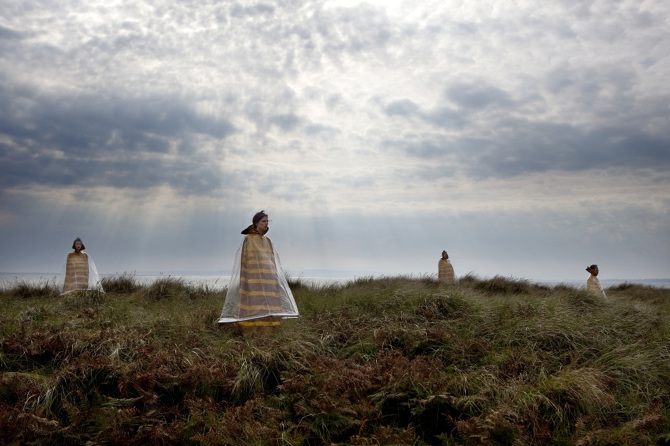
Essentially, your work’s collaboration with the environment is evident in your motivation to produce carbon neutral pieces - from the inception of a minimal landfill design to transporting your materials by bike and bulk drop. What are your strategies to conveying ecological issues in your artistic practice that sincerely resonates through its media and processes of projection? Your practice has seen you create outreach projects and social sculptures, which encourage communities to participate and give voice to their social environments. Whilst we live in an unstable time of increased governmental denial of climate change, how do you feel that we as artists, educators, gardeners and communities could politicise our creative and social micro-actions to effectively shape the environmental future?
Approach situations both public and personal with curiosity - a sense of pedagogy, with a willingness to change, learn and debate. I engage with public platforms live and online – recent lecture and crits at the Ruskin School of Art, Oxford and a program of talks with Arts Catalyst, London ‘Planting in Concrete’. Self-initiated projects are reliant on audiences and it’s necessary to nurture a dialogue that encourages a thirst for work that is complex in both its production and delivery. I actively build audiences through social media platforms like Instagram, Facebook, twitter. This nurturing of an audience in turn supports an independent and sustainable practice.
#ClimateChangeIsReal. I cycle everywhere and have for more than 20 years.
In this oversimplified, depleted political and ecological environment, considering our words and actions whilst continuing to have a radical voice and be ecologically and politically proactive is essential: Communicate! Collaborate! Create!
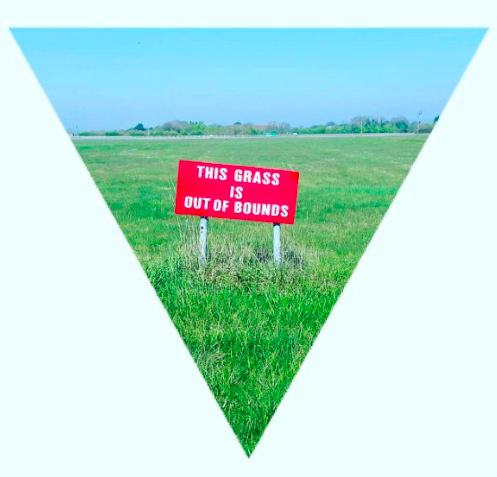
---
Follow Dimitri Launder:
Website: www.artistgardeners.tumblr.com
Instagram: @Artist_Gardener
Twitter: @ArtistGardener
Facebook: ArtistGardener
Arbonauts website: www.arbonauts.org
Instagram: @ARBONAUTS
Twitter: @ARBONAUTS
Facebook ARBONAUTS
Area 10
Dimitri Launder has an art practice that ranges from socially engaged public planting polemics as Artist Gardener to site responsive performance installations he co-directs with Arbonauts. He co-founded international artist run platform Area10 Project Space Peckham that encouraged a process led approach - supporting 2000+ artists between 2002 - 2010. Worm speaks to him about his changing sites of artistic production, and the need for collaborative social action.

Hello Dimitri! To begin with, an underlying element throughout your practice places importance on nurturing organic participation through exchanging ideas and actions. Area 10 Project Space Peckham (2002 - 2010), an artist-run platform and charity you co-founded, became the foundation for South East London’s artistic community, and extended vibrantly to the local community. Can you say more about your methods behind Area 10 and its ethos to create a “Brown Box rather than White Cube” in which artists and art projects can develop?
Co-initiating Area10 Project Space Peckham in 2002 I coined the challenges << Communicate! Collaborate! Create! >> & << Brown Box rather than White Cube >> as provocations and calls to action. They underpin my conviction that a dialogue between audience and artist’s creative processes is a radically undervalued cultural resource, one that that is at the heart of supporting struggling creatives to continue taking risks to make challenging work.
Area10 was an artist led charity, unfunded and independent: focused on the journey as much as the destination. The collaborative, energetic, idealistic human architecture of the creative community that supported Area10 was its ecology, fed by an annual cycle of 3 month group residencies that formed a robust and flexible format for an 8 year program. This in turn supported 2000+ artists, artist collectives, performers, sculptors, filmmakers, circus, theatre, sonic artists, designers, musicians and students. We encouraged risk-taking new works, a responsive immediacy and an urgent response to artists needs, sharing skills, methodologies, criticism and audiences. Every 3 months we invited audiences to a collective live event that concluded one season and acted as a catalyst to the next. These were exciting happenings/parties/exhibitions/gigs with 1000+ people in the 20,000 square foot Wharf.

Our approach to reimagining this disused post industrial warehouse allowed us an inexpensive reusing/up-cycling of the 100 tonnes of material that was in the building when we began our tenancy - Eagle Wharf had been a timber shed for the preceding 100 years. We leased part of the property's land back to Southwark council for their municipal metal recycling and had an arrangement that allowed us use of some of those materials. Both these material resources were offered free to our resident artists. Additionally we printed as little material as possible and intensively made use of online networks as they became viable.
Whilst co-directing Area10 I was invited by the Mayor of London to ambassador the reimagining of disused urban spaces as an economic strategy to support creative industries across the capital in the Mayor’s Creative Industries Commission. These ideas were eventually taken up by Arts Council England as a short-lived platform called The Space Agency.
In 2009/10 we developed an independent and sustainable 25-year business plan with support from Arts & Business and private sector investors. This had at its heart the expertise and learning we had undertaken in the previous 8 years. The reconfigured building proposed a 'Process Led Project Room' in the form of an aircraft hangar sized hall with 8m high ceilings, a ‘Fab-Lab’ international gold standard maker space, a fully rigged and equipped 800 capacity theatre with flexible staging, multiple artist residency spaces and a restaurant that would spill out onto Peckham Square. On presenting this vision to the local Council we were ungraciously evicted from the building within 2 weeks and the building was levelled to the ground. Unfortunately to date it remains a void plot.
Curiosity and an ability to change, adapt and retain integrity of approach were essential in such a challenging artistic environment of negotiation, one that nurtured a wide spectrum of approaches and responsibilities. This sense of a disciplined approach to the ecology of collaboration and a facility-to-facilitate are now integral and grafted into my practice as an artist, both as Artist Gardener and Arbonauts.
“AREA10 is a vital part of the transformation of Peckham, a creative engine of a re-imagined London. The offering of a facility that allows a wide range of artistic expression within a socially embedded space is a great catalyst for transformation and Peckham is becoming well known as a place of art and artists.”
Anthony Gormley, 2010.
“Area10 was a home to all those strange art practices that slip through the gaps, out of choice or ignorance, of the commercial art world" i-D Vice Magazine 2015
The “Brown box” also connotes planters, garden sheds and arborous structures. Your work as Artist Gardener redefines not only the sites of artistic production, but also contemplates the conditions that social practice and art come into play together. I’m interested in your project with Arts Catalyst, ‘A Remedy For The City', that considers the “growing natural remedies in 'living pills’ of ingredients”. What are your findings through this extensive work on foraging for city-wide plant-based cures, and how does it seek to democratise medicinal and herbal knowledge for positive well-being in our urban spaces?
There are projected statistics that over the next 50 years 80% of our global population will be living in cities. ‘Remedy for a City’ is a project I am developing with Arts Catalyst. It’s a unique opportunity for my work as Artist Gardener to create a long-term dialogue with the responsibility of how we dwell collectively in cities. Through a Phytogeographic research I have undertaken for the past 6 month I am creating tools and methodologies. The aim is to open up conversations that are rooted in medicinal plants’ intimate relationship to communities and individual identities through the resonant echoes of remedies that are held in memory and practice.
I am initiating communally created resource of remedies, real, imagined, remembered and forgotten. I was commissioned for ‘Forms of Action’ an exhibition about a global movement of socially engaged art practice, at CCA Gallery Glasgow earlier in 2017, and exhibited my installation ”Towards a Peoples Apothecary: Glasgow”. This was a response to the city’s obesity crisis through the guardianship of a common native medicinal plant that grows in the nooks and crannies of the city and helps to regulate blood sugar levels: Ribwort Plantain.
“The City is a Place To Meet” Theodore Zeldin
“The idea of a holistic ecology, in which botanical remedies are to be found for the very ailments arising from the growth of the city itself, is lucidly expressed by the forms of Launder’s artefacts” Professor Ken Neil, 2017
In a distinctively different environment, you also recently developed a graphic score and performance on a wild coastline in Dorset titled ‘The Soaring Sky’ as Arbonauts, which you co-found and co-direct with Helen Galliano. How did this piece originate and how has your multi-disciplinary approach to the arts contextualise your site and environmental research for this piece?
In Arbonauts’ recent project #TheSoaringSky our ambition was for the audience’s emotional arc or experience to be reflected in the landscape. In other words, for the audience, as they walked solo between sea, sky, sand dunes and 25 singers along this wild stretch of Dorset coast line, to find a synergy - making the ecology and the landscape audible. We saw our role as turning up the volume or resolution on something that already exists on the edge of conscious perception.
#TheSoaringSky was made in response to climate change and the bird song of 50% of the UK’s species of migratory birds that pass through this extraordinary landscape.
Hengistbury Head in Dorset was the site we were invited to consider for #TheSoaringSky by Inside Out Dorset Festival. As both National Heritage and a Site of Special Scientific Interest it took a considered lightness of intervention. Helen and I have a very collaborative approach to developing new work. In #TheSoaringSky the graphic score that our singers were interpreting was created with Alex Nikiporenko and Louise Drewett and performed by singers of all ages and abilities from the local community. The costumes were developed over 3 months with students from AUB Arts university Bournemouth’s, Costume and performance Making Degree.
Presently we are developing #BetweenDogAndWolf a new work supported by Arts Council England and British Council’s ‘Artist International Development Fund’ in partnership with Shoreditch Town Hall - which we plan to take to Athens. Join our mailing list to find out more on this.

Essentially, your work’s collaboration with the environment is evident in your motivation to produce carbon neutral pieces - from the inception of a minimal landfill design to transporting your materials by bike and bulk drop. What are your strategies to conveying ecological issues in your artistic practice that sincerely resonates through its media and processes of projection? Your practice has seen you create outreach projects and social sculptures, which encourage communities to participate and give voice to their social environments. Whilst we live in an unstable time of increased governmental denial of climate change, how do you feel that we as artists, educators, gardeners and communities could politicise our creative and social micro-actions to effectively shape the environmental future?
Approach situations both public and personal with curiosity - a sense of pedagogy, with a willingness to change, learn and debate. I engage with public platforms live and online – recent lecture and crits at the Ruskin School of Art, Oxford and a program of talks with Arts Catalyst, London ‘Planting in Concrete’. Self-initiated projects are reliant on audiences and it’s necessary to nurture a dialogue that encourages a thirst for work that is complex in both its production and delivery. I actively build audiences through social media platforms like Instagram, Facebook, twitter. This nurturing of an audience in turn supports an independent and sustainable practice.
#ClimateChangeIsReal. I cycle everywhere and have for more than 20 years.
In this oversimplified, depleted political and ecological environment, considering our words and actions whilst continuing to have a radical voice and be ecologically and politically proactive is essential: Communicate! Collaborate! Create!

---
Follow Dimitri Launder:
Website: www.artistgardeners.tumblr.com
Instagram: @Artist_Gardener
Twitter: @ArtistGardener
Facebook: ArtistGardener
Arbonauts website: www.arbonauts.org
Instagram: @ARBONAUTS
Twitter: @ARBONAUTS
Facebook ARBONAUTS
Area 10



